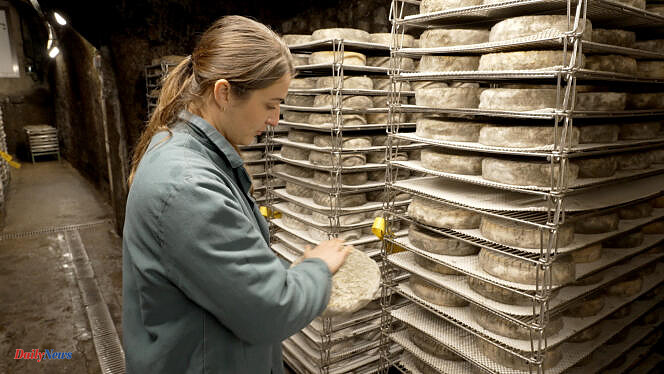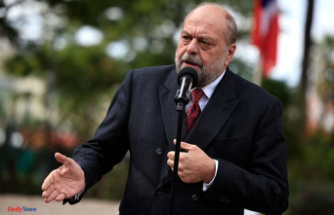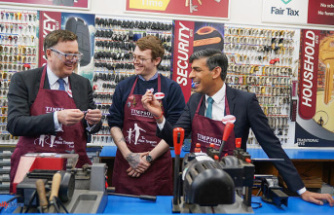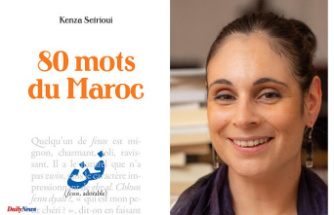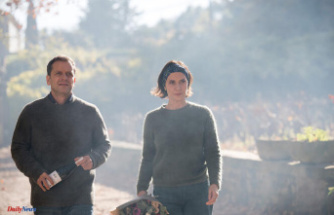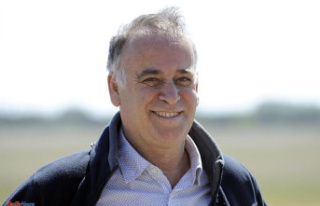“In Auvergne, it is not the church bells that punctuate the days, but those of the cows,” says the introduction to the commentary for this documentary on images of Ferrandaises. “It’s the emblematic breed of Puy-de-Dôme and it takes its name from Clermont-Ferrand,” says Virginie Tempère, the breeder.
All is said. The report, with a title in the form of a nod to Georges Brassens (1921-1981) and his Song for the Auvergnat (1954), has its feet firmly anchored in the rich land of the Massif Central, between tradition and modernity. In certain rural areas of Puy-de-Dôme, cows sometimes outnumber men.
It is the region that produces the most AOP cheeses in France (five labels: Bleu d'Auvergne, Cantal, Saint-Nectaire, Fourme d'Ambert, Salers). But it is also the one which is on the front line of the agricultural crisis, the signs of which we saw at the last Agricultural Show.
The tasty images follow one another and are a little similar, illustrating the passion of the Auvergne people, their know-how, their solidarity in the face of the challenges of the commodification of the agri-food industry. The beef “industry” is one of the spearheads of the region.
Aligot and Puy lentils
Picrocholine debate: how to pronounce “salers”, the name of the region’s emblematic cattle breed, with its long mahogany or ebony coat, and the cheese that comes from it? Two clans: some say “salerse”, others “saler”. “Don’t we say Parisse? We say Paris. Well, it’s the same,” says a breeder who came “from Salers” (without the final -s).
The cow of the same name does not intend to give up breastfeeding her calf, “she will dry up if her little one is taken away”. “We have no choice, if we want milk, we need the calf,” says the breeder whose stable we are visiting, who knows each of his animals by first name. It’s a bit like the locals, she doesn’t really like change. »
“The Salers found, in spite of herself, the antidote to intensive breeding,” comments the voiceover of director Frédérique Mergey. Which does not prevent the breeders' community from experiencing the crisis: there are only seven of them left milking Salers to make cheese. Other more productive dairy breeds have taken over on the Cantal pastures, without the Salers AOP of the cheese made from their milk being called into question.
Other flagship products: the essential Saint-Nectaire, the first farm AOP in volume; the aligot, which left the Aubrac plateau to conquer the capital, where it was entitled to a world championship at the Agricultural Show – a refining start-up took the opportunity to present its machine, “capable to serve a plate of aligot in less than a minute” –; the green lentil of Puy, “the poor man’s caviar”, which has become a “world star of gastronomy”.
This is the other fascinating part of this documentary: gastronomy. Originally from Puy-en-Velay, in Haute-Loire, François Gagnaire showcases his green lentils under the name “Velay caviar” in the gastronomic bistro Anicia (the scientific name of the lentil), which he opened, in 2015, in Paris. “It’s not because it’s a popular dish that it isn’t noble,” says this chef trained by his prestigious Michelin-starred namesake from Saint-Etienne, Pierre Gagnaire, about the legume. A phrase that well sums up the Auvergne revealed by this documentary: a rustic, popular land, but full of nobility. “Without ceremony,” sang Brassens.

